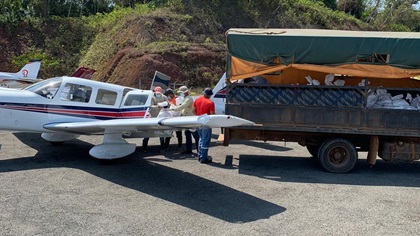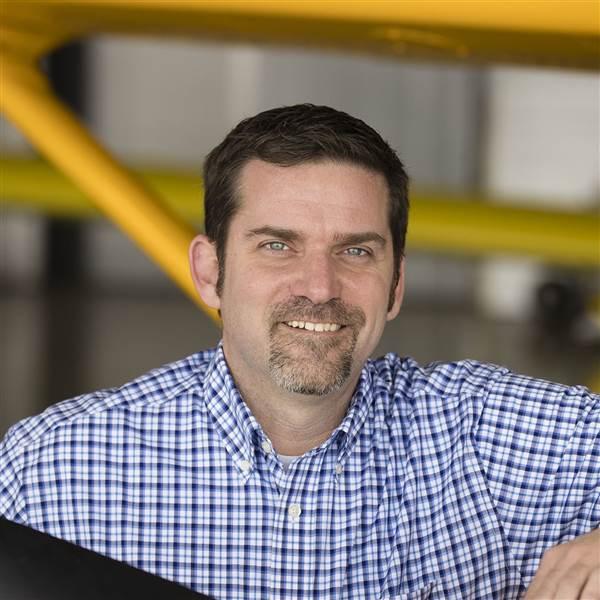World recognizes humanitarian airlift potential of GA
Using general aviation aircraft in humanitarian relief efforts is a longstanding and well-received practice in the United States. Many other nations are now also realizing the value of GA to help move medical supplies and personnel during the coronavirus pandemic.
“GA is being warmly received for the first time in many of these nations,” said Craig Spence, secretary general of the International Council of Aircraft Owner and Pilot Associations (IAOPA). He also noted that the outpouring of volunteers supporting humanitarian missions in these nations has been “fantastic.”
Pilots have volunteered to fly their GA aircraft to deliver medical equipment and personnel responding to the crisis in Australia, Austria, Brazil, Estonia, France, Germany, Italy, Luxembourg, the Netherlands, Panama, South Africa, and many other countries.

“Here in Panama, we have been working hand-in-hand with the Panamanian government to help the different communities which have been affected by the coronavirus,” said Jaime Fabrega, vice president of IAOPA Central and South American region, and board member of AOPA Panama. In recent weeks, members of AOPA Panama have flown 20 hours of missions carrying government personnel, medicine, food, and water. The GA aircraft utilized have carried over 12,000 pounds of supplies, and more missions are planned by the end of April.
In France, a cooperative initiative between Aviation Without Borders and AOPA France is flying more than 15 missions per day throughout Europe.
“It shows how the whole of general aviation has rallied to allow for transportation of medical personnel that need to go from one place to another in Europe,” said Emmanuel Davidson, president of AOPA France. He said the types of aircraft used range “from Falcons operated by Dassault, TBMs from Daher, PC12s from Jetfly, to more than 500 pilots and owners that have volunteered their time and aircraft for free. Even aircraft such as C182, C206, Bonanzas and Barons are put into service for these missions.”
IAOPA has offered resources to affiliate organizations to assist them in developing guidelines for safe and efficient humanitarian airlift flights, establishing aircraft maintenance protocols during operational shutdowns, and making requests to government agencies for regulatory relief.
IAOPA represents the interests of AOPA affiliates in 82 countries around the world, comprising more than 400,000 pilots who fly GA aircraft for personal or business needs. The council was formed in 1962 to provide a voice for GA in world aviation forums. GA encompasses four-fifths of all civil aircraft and two-thirds of all pilots worldwide.







